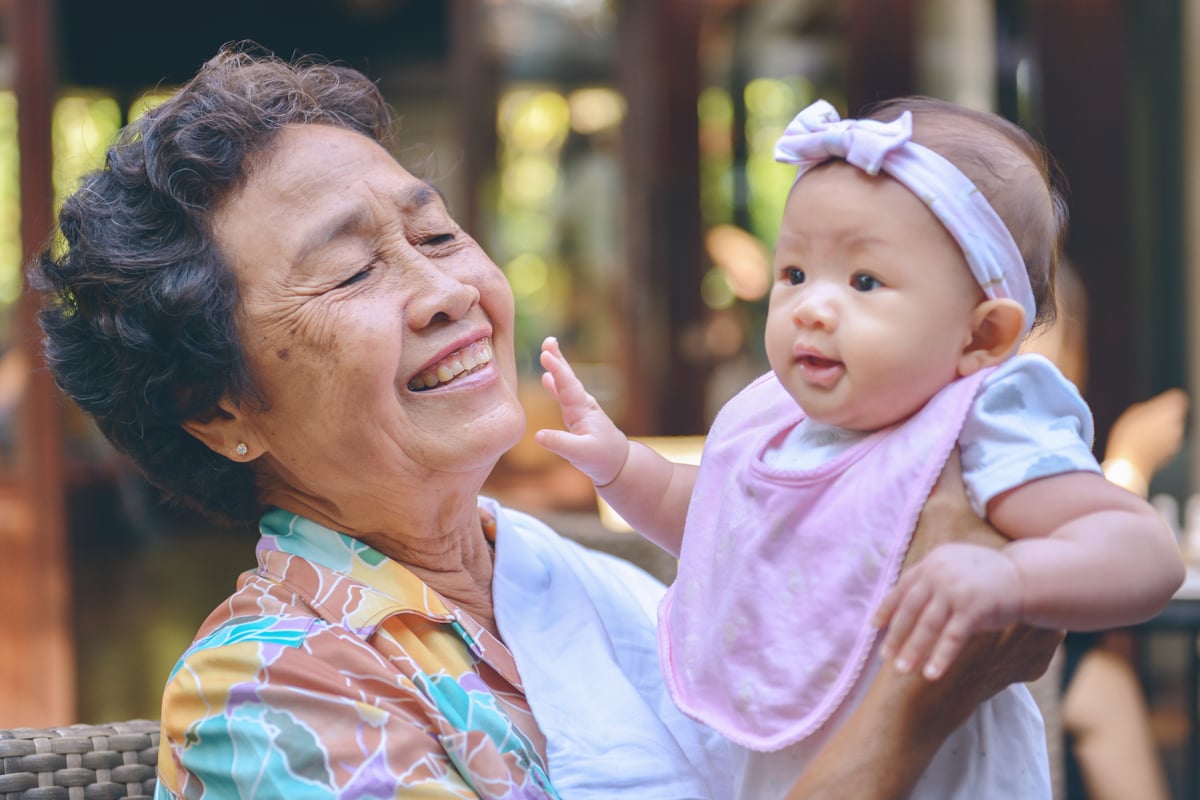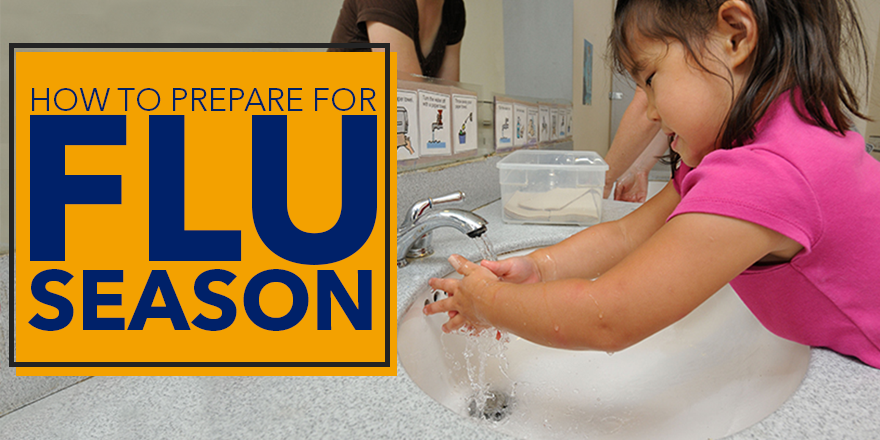
By Donna Butts and Lynette M. Fraga, Ph.D.
The COVID-19 pandemic has highlighted the essential role of caregivers, those who care for us when we are young and old, and given us an opportunity to reimagine care from a lifespan perspective. This will be particularly important after the pandemic permanently closes an estimated 30-50% of child care providers nationwide and the high death toll causes us to reimagine elder care homes.
Intergenerational shared sites enable families to take children and seniors to the same place, where they can stay connected. One such site is in Kansas, where Tabatha Rosproy, an early childhood educator who was recently named the National Teacher of the Year, teaches at a public preschool that's housed in a local retirement community and nursing home.
Before the school building closed due to the pandemic, community members visited her classroom daily as "grandparent" volunteers, and the preschoolers visited the nursing home every day. They became grand friends.
These special connections highlight how beneficial intergenerational relationships can be for children and older adults. Rosproy’s program has the highest preschool literacy and math scores in the district and she said that connecting with elders has “built so much empathy in [the children’s] hearts.” This is supported by research that shows preschool children involved in intergenerational programs had higher social developmental scores than children who didn’t participate in such programs.
It’s not just children who benefit. Older adults who are engaged with children are less depressed and they report having more of a reason to live. In one study, 97% of adult participants in a shared site indicated that they benefited from the intergenerational program and reported feeling happy, interested, loved and needed.
Places and spaces that serve and engage younger and older people are the type of care facility that four out of five Americans say they want for their loved ones and themselves. Yet only about one in four know of a site in their community. Why are there so few when interest is so high?
The process to create such sites is needlessly complicated by barriers such as age-segregated funding streams and zoning or regulatory requirements that assume each facility and program serves only one generation.
The good news is that the Older Americans Act, which was reauthorized earlier this year, prioritizes programs that serve both young and old and gives preference to intergenerational shared sites such as co-located child care and long-term care facilities.
Our country thrives because we value our bookend generations — our young and old — that hold our civil society together.
We need to place more value on those who care for our children and elders. This pandemic has exacerbated the existing inequities in the child care and elder care systems.
Direct care continues to be provided predominantly by women, people of color, and immigrants who are underpaid, undertrained and undervalued. Nursing home employees are some of the lowest paid workers in the health care industry and often work by the hour, and for multiple facilities. Many do not have health insurance, and about 42% of workers who care for older people receive some kind of public assistance.
The median wage in 2019 for child care workers was $11.65 per hour, hardly a living wage. Nearly 15% of child care workers live below the artificially low “official” poverty line, more than double the rate of other industries, and 85% do not receive health insurance from their job.
Yet we entrust our most precious family members to their care and expect these workers to keep them safe even in the middle of a pandemic.
Substantial investments in child and elder care would support millions of new jobs, make such care more affordable for families, and provide a needed boost to the pay and training of the care workforce, according to the Economic Policy Institute.
When Rosproy was named Teacher of the Year, she said she was pleased for early educators “to be seen as professionals and be valued for the work we do.”
We must invest in a better way to care for our young children and older adults. By looking at the whole and not just the parts, we can create healthier environments for all to thrive.
Donna Butts is the Executive Director of Generations United. Lynette M. Fraga, Ph.D., is the CEO of Child Care Aware of America and serves on the Board of Generations United.




